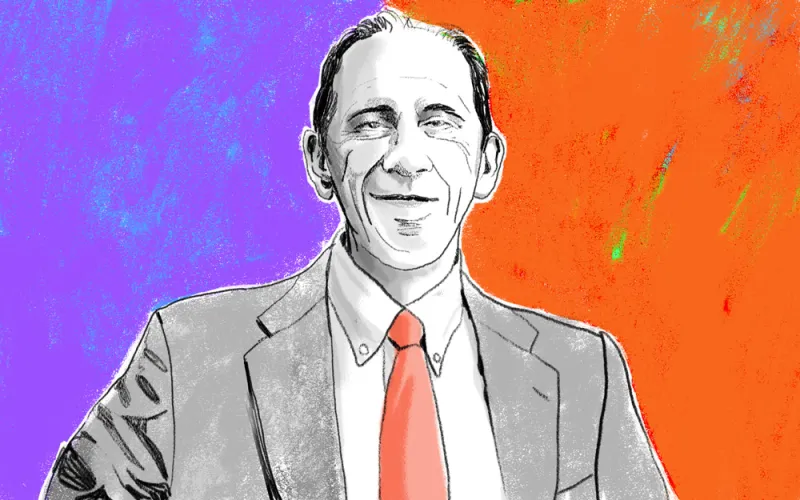After years of underperformance, everyone want to know: Has the value factor stopped working?
But if you ask Eugene Fama and Kenneth French — the researchers credited with identifying the value premium in 1992 — don’t expect a straight answer.
The widely cited duo, who defined value as the ratio between a company’s book value and market price, decided to revisit the factor in a new paper published this month at the University of Chicago’s Fama-Miller Center for Research in Finance. Having examined 28 years of market data for their original study on the value premium, the professors and Dimensional Fund Advisors board members set out to determine how the factor fared over the following 28 years – and whether they could “confidently conclude that the expected value premium in the U.S. declines or even disappears,” according to the paper.
“We decided to take a look and see what we could say,” French, the Roth Family Distinguished Professor of Finance at Dartmouth College’s business school, explained by phone. “The short answer is you pretty much can’t say anything.”
First, Fama and French looked at the actual returns of a value portfolio between July 1963 and June 2019. They found that value premiums — defined as returns in excess of the market — were on average “much lower” in the second half of the period, according to the paper. For example, the premium for larger value stocks — those with market capitalizations above the median — dropped from 0.36 percent per month to “a puny 0.05 percent.” Premiums for smaller value stocks, meanwhile, fell from a “hefty 0.58 percent” per month to 0.33 percent.
Such declines “seem large,” as Fama and French acknowledged in the paper. But as French explained to II, even 28 years of data on falling returns is not enough to determine whether the value factor has actually stopped working — or if it’s simply experienced a long run of bad luck.
[II Deep Dive: Value Investing Isn’t Dead Yet, Research Affiliates Argues]
“It drives many investors nuts,” French said. “I know they’d like to be able to look at their returns on a portfolio for one year or three years and say, ‘This is good or bad’ or ‘The world has changed…’ The reality is you can’t look at what turn out to be pretty brief periods from a statistical perspective.”
In the case of the value factor, Fama and French determined that there was too much volatility in monthly returns to decisively determine whether or not the expected premium from the factor has changed. “Comparing the first and second half-period averages, we don’t come close to rejecting the hypothesis that out-of-sample expected premiums are the same as in-sample expected premiums,” they concluded. “But the imprecision of the estimates implies that we also can’t reject a wide range of lower value for second half expected premiums.”
As French sums it up, “there is no way to tell” whether the expected premium has declined or disappeared.
“There are a lot of questions one would like to know the answer to, but you just can’t tell,” he said. “If I get to ask God a question, I’m probably not going to ask this one.”







